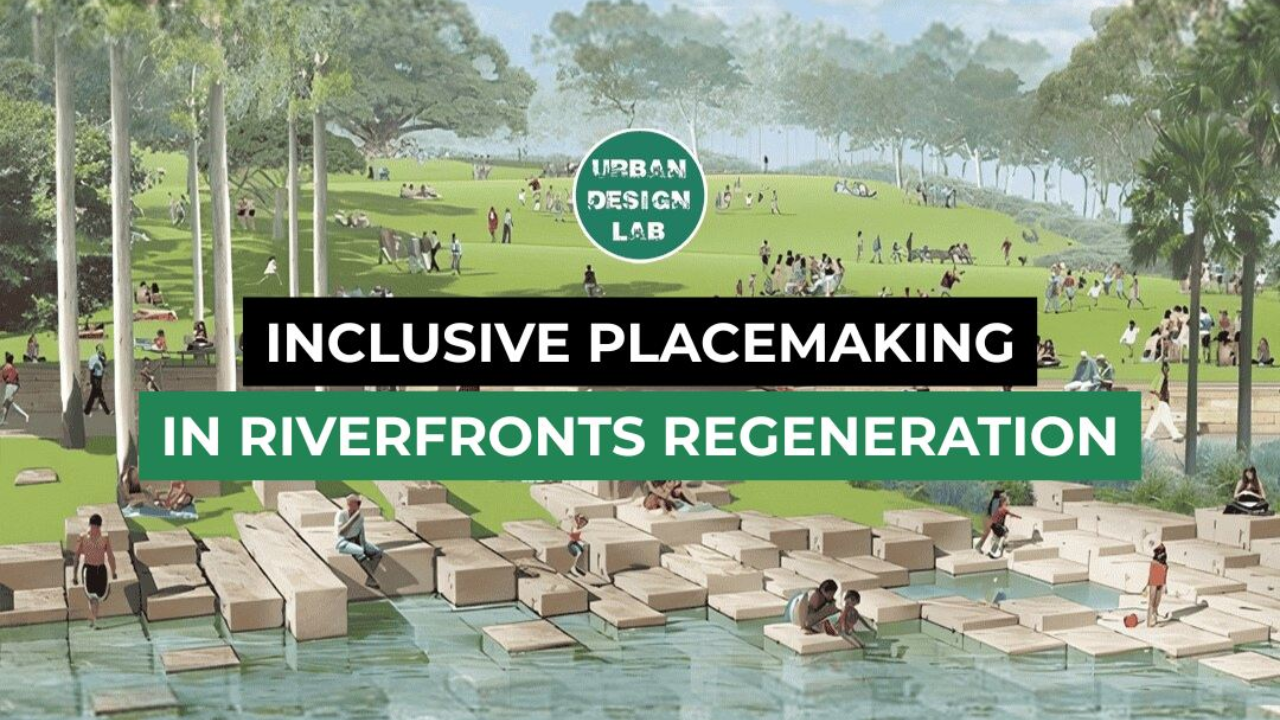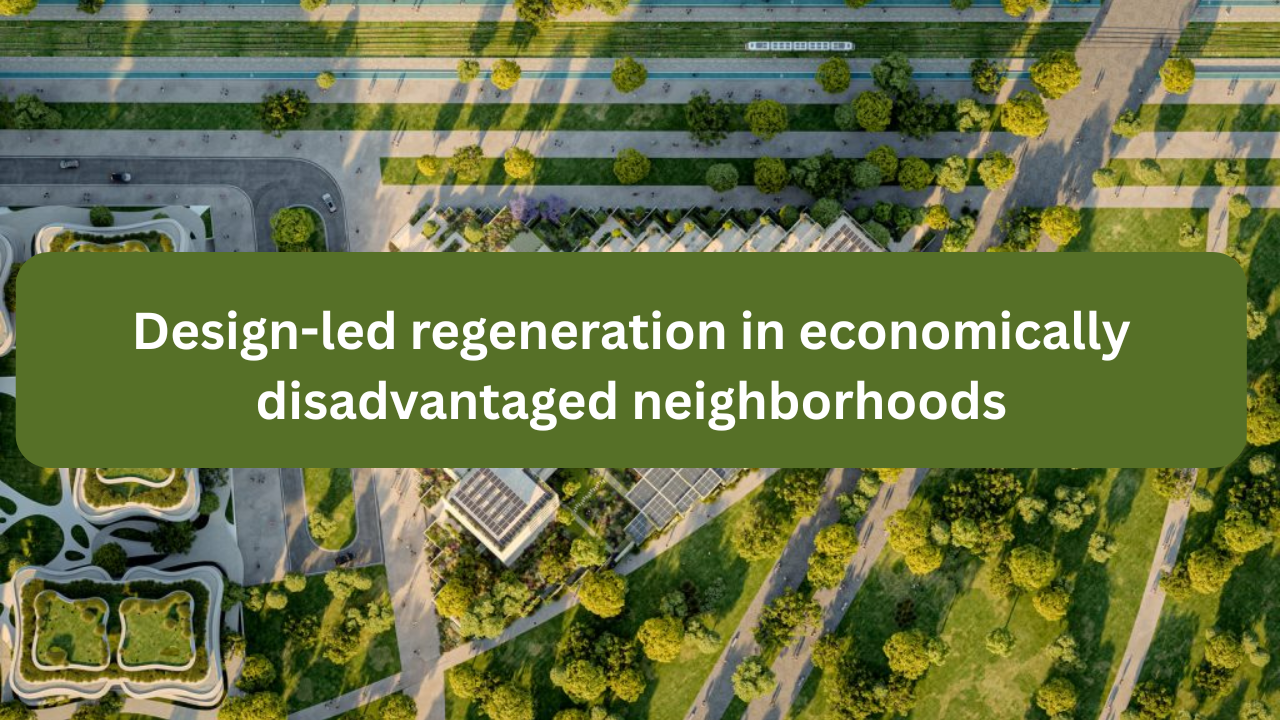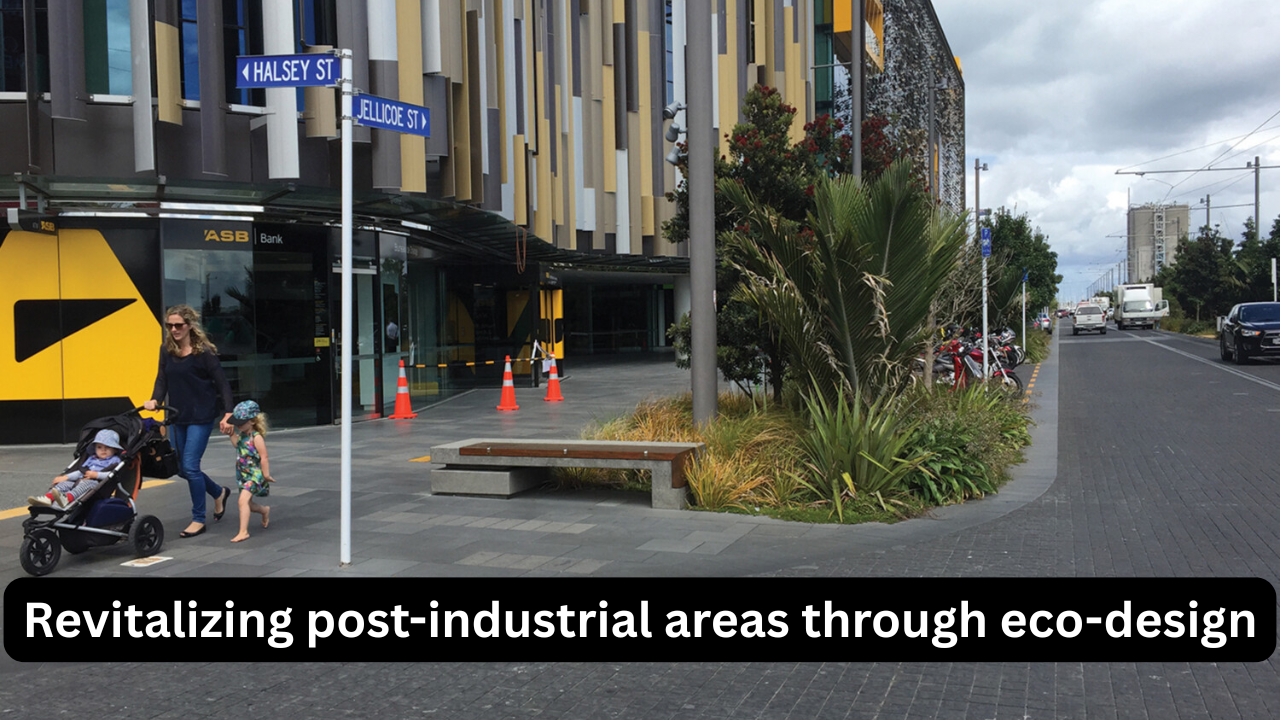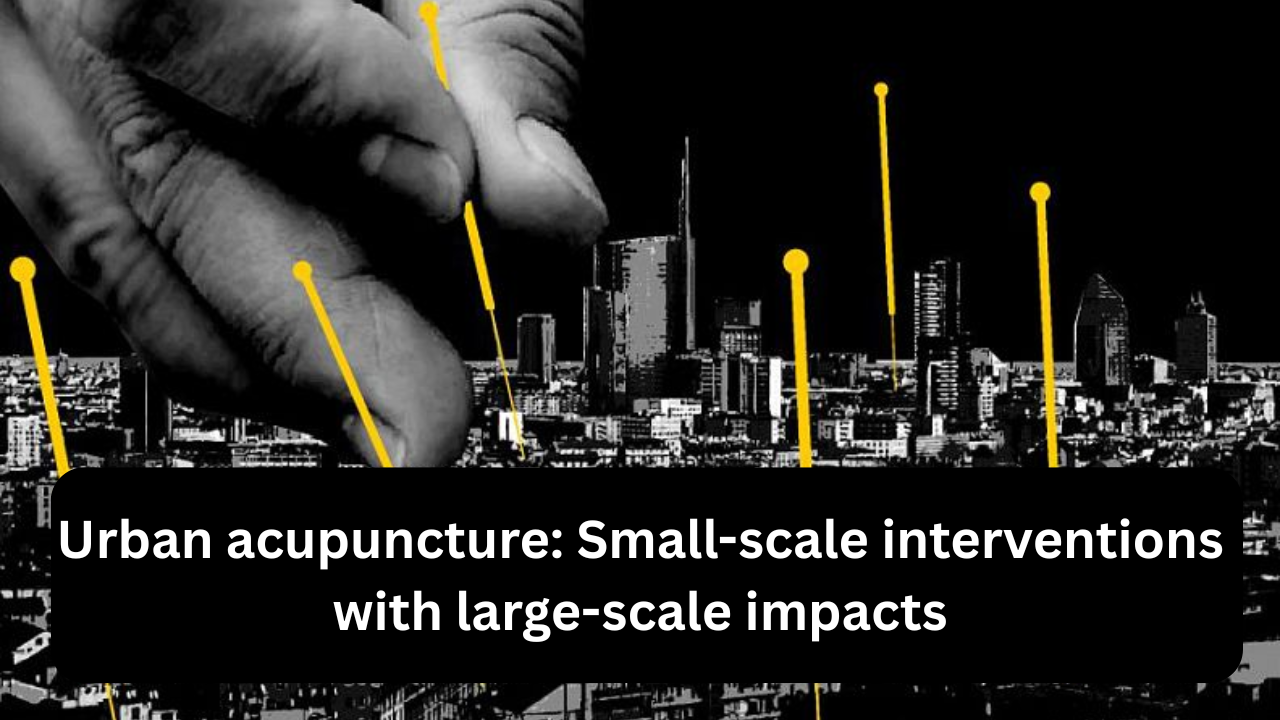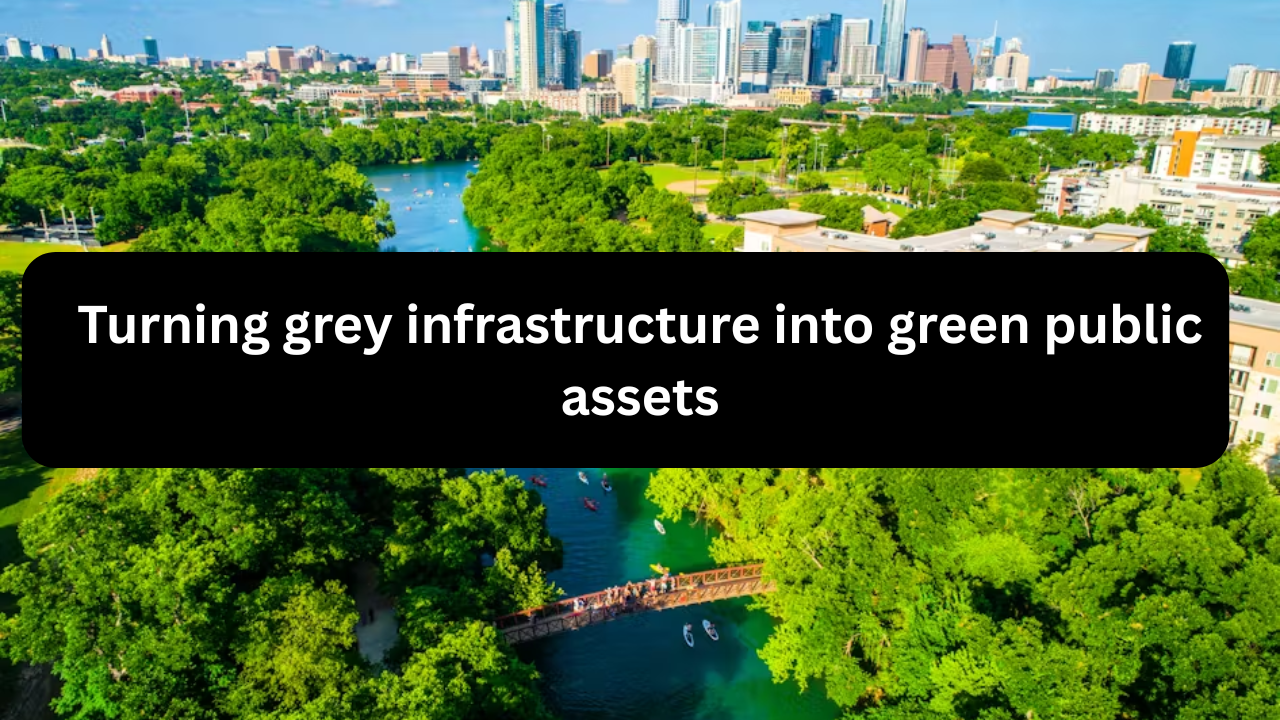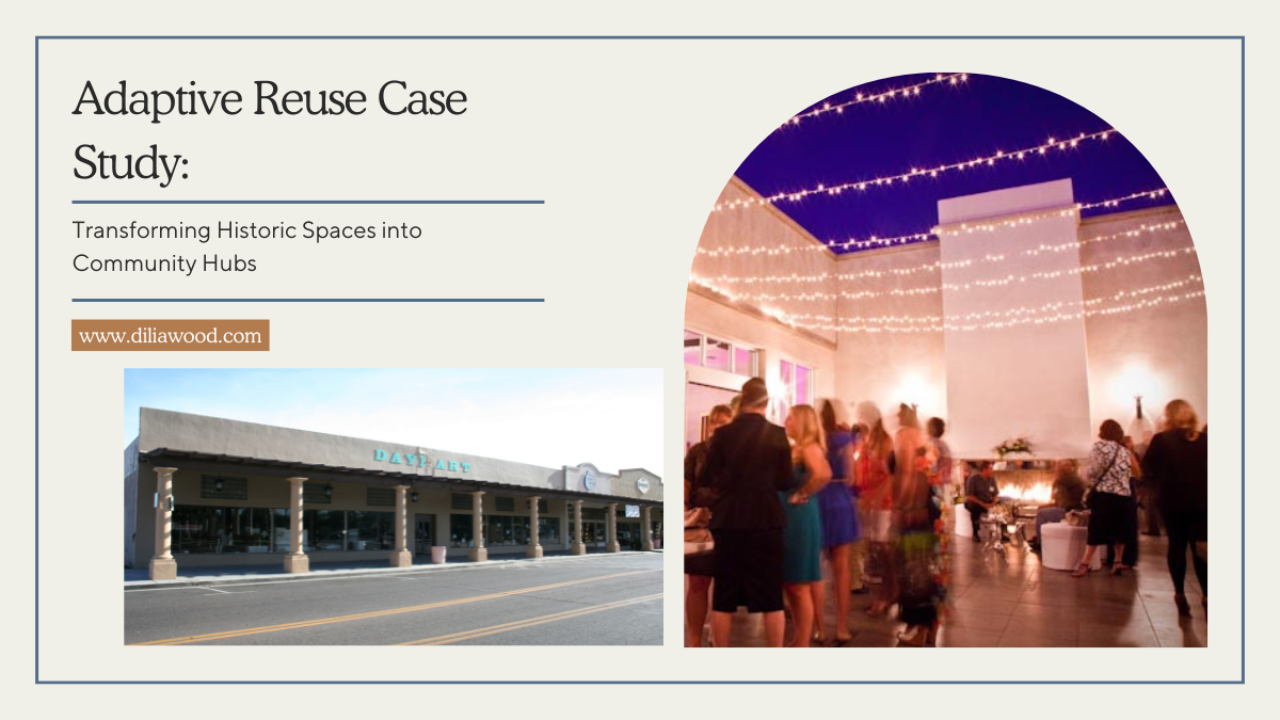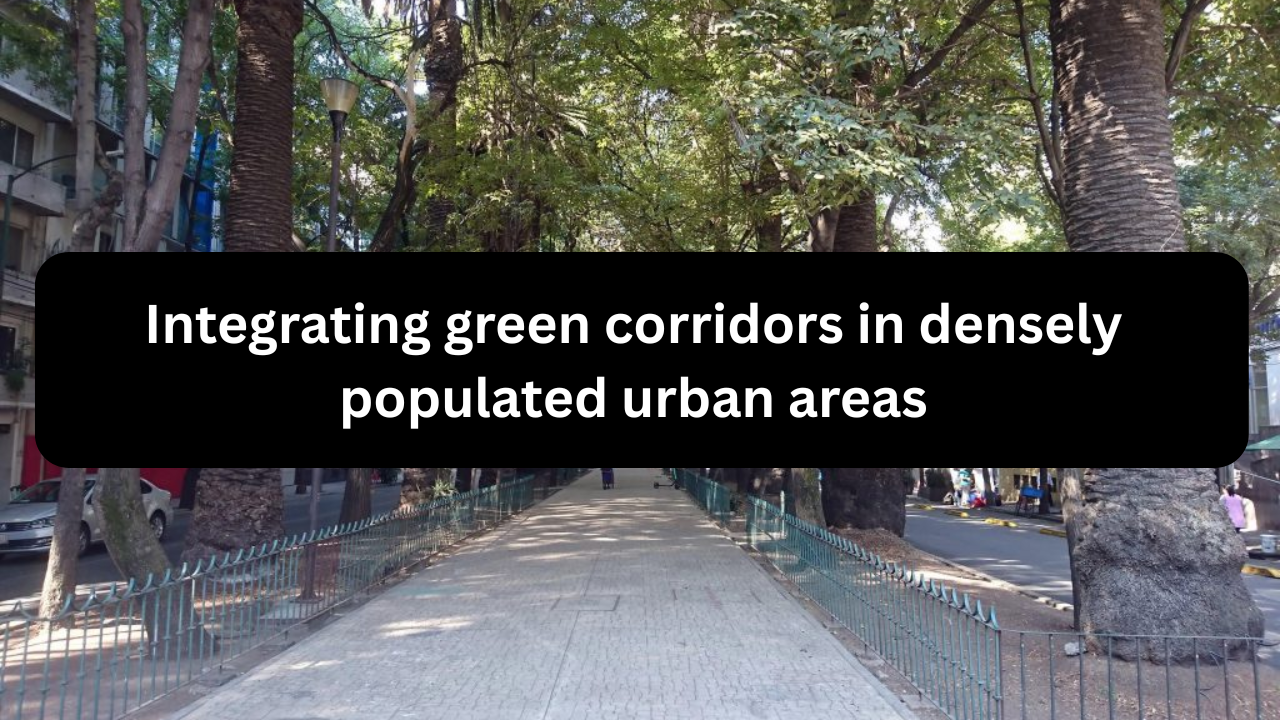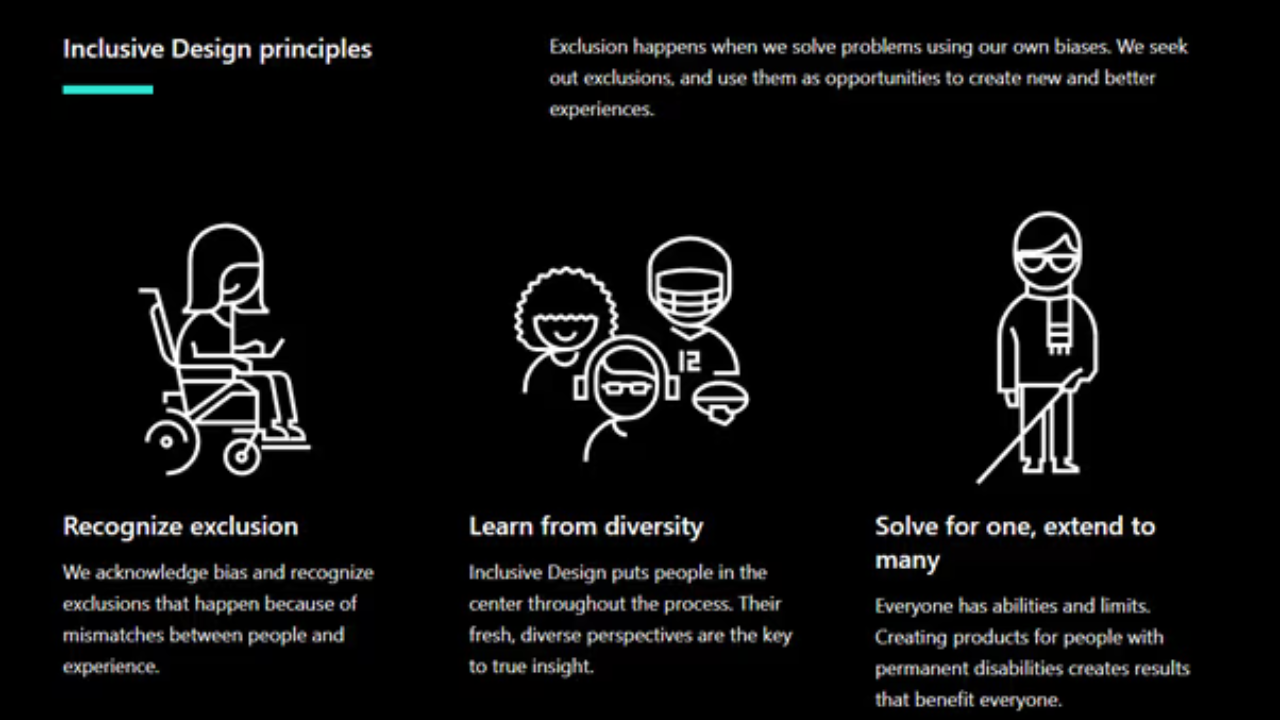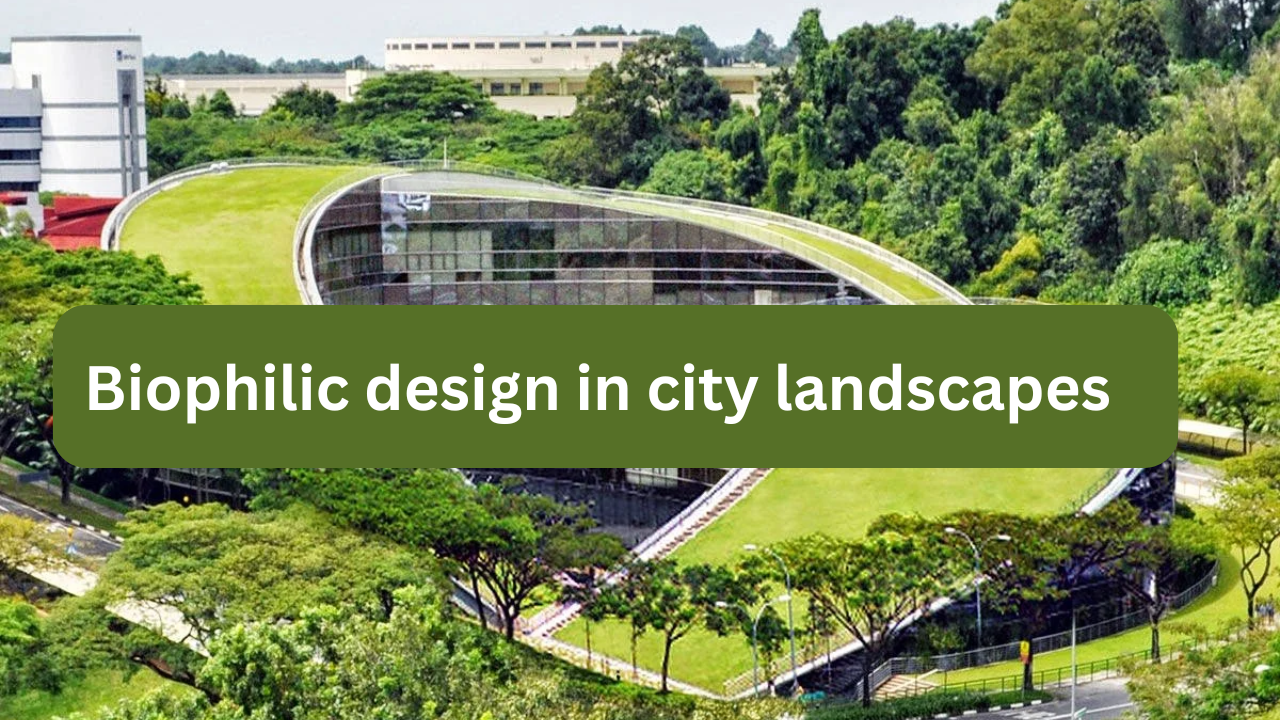Case studies of cities that regenerated through inclusive design
Introduction Inclusive design in urban regeneration goes beyond aesthetics—it ensures that cities are rebuilt in ways that are accessible, equitable, and culturally relevant to all residents. This approach integrates diverse community needs into planning, creating environments that serve people of all ages, abilities, and backgrounds. Several global cities have demonstrated how inclusive design can revitalize … Read more

